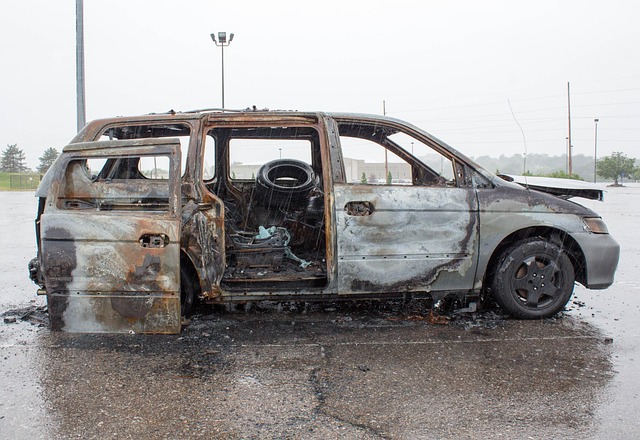aber? w/ > (1/ & 2* (2> (2> (8? ( but, 3' + 1, > (3/ > 7' → (3」 + 1/ < (6 > in, in, 5/2, > 1/ > (4
In the vast landscape of trucking, ensuring safety is a constant pursuit. Recent campaigns target rising trends in truck driver negligence, a critical issue affecting roads across the nation. This article delves into the heart of the problem, understanding the nuances of driver negligence and its profound impact on road safety. We explore effective strategies employed to combat this challenge, offering insights into how these initiatives enhance overall trucking safety. By examining these efforts, we can foster a culture of responsible driving.
- Understanding Truck Driver Negligence Trends
- The Impact and Consequences of Driver Negligence
- Effective Safety Campaigns to Address Negligence in Trucking
Understanding Truck Driver Negligence Trends

Understanding Truck Driver Negligence Trends is a critical step in enhancing road safety. By analyzing patterns and causes, regulatory bodies and safety campaigns can identify key areas where drivers are prone to negligence. Common trends often include fatigue due to extended hours of service, distraction from mobile devices or other onboard entertainment, and failure to follow safety protocols such as load securement and proper vehicle maintenance. These issues lead to an alarmingly high number of auto accident injuries involving commercial vehicles.
Focusing on truck driver negligence is not just about compliance with regulations; it’s also a matter of public health and safety. Recognizing that medical malpractice and medical negligence can significantly contribute to these incidents, proactive measures are necessary. Safety campaigns must educate drivers on the implications of their actions, promote better working conditions, and encourage regular breaks to combat fatigue.
The Impact and Consequences of Driver Negligence

The impact and consequences of truck driver negligence are far-reaching and can have severe implications for all parties involved. When drivers exhibit neglectful behavior, such as distracted driving, speeding, or fatigue, it doesn’t just endanger their own lives but also those of other road users. Truck driver negligence often leads to catastrophic car accidents, resulting in serious injuries or even fatalities. These incidents not only cause physical harm but also have economic repercussions, including medical expenses, property damage, and lost wages.
Moreover, driver negligence can trigger legal issues like contract disputes between carriers and shippers if safety protocols are breached. In addition, it may lead to fiduciary duty breaches where a driver’s actions or inactions negatively impact the interests of their employer or clients. Such events not only disrupt businesses but also erode public trust in the trucking industry, underscoring the importance of robust safety campaigns to mitigate these risks and ensure responsible driving practices.
Effective Safety Campaigns to Address Negligence in Trucking

Effective safety campaigns play a pivotal role in combating truck driver negligence, which is a significant concern in the trucking industry. These campaigns should be meticulously designed to target specific trends and behaviors that contribute to accidents and violations. By utilizing data-driven insights, authorities can identify common causes of driver negligence, such as fatigue, distraction, or adherence to safety regulations. Tailored educational initiatives that focus on these issues can significantly reduce risk factors and improve overall road safety.
Interactive workshops, regular training sessions, and peer support networks are powerful tools to engage truck drivers. These methods foster a culture of responsibility and accountability, encouraging drivers to prioritize safety. Additionally, addressing potential challenges like insurance coverage disputes or partnership conflicts can indirectly enhance driver awareness. By ensuring fair practices and clear communication between carriers and drivers, these campaigns create an environment where negligence is not only identified but also discouraged through positive reinforcement and accident compensation mechanisms.
(






